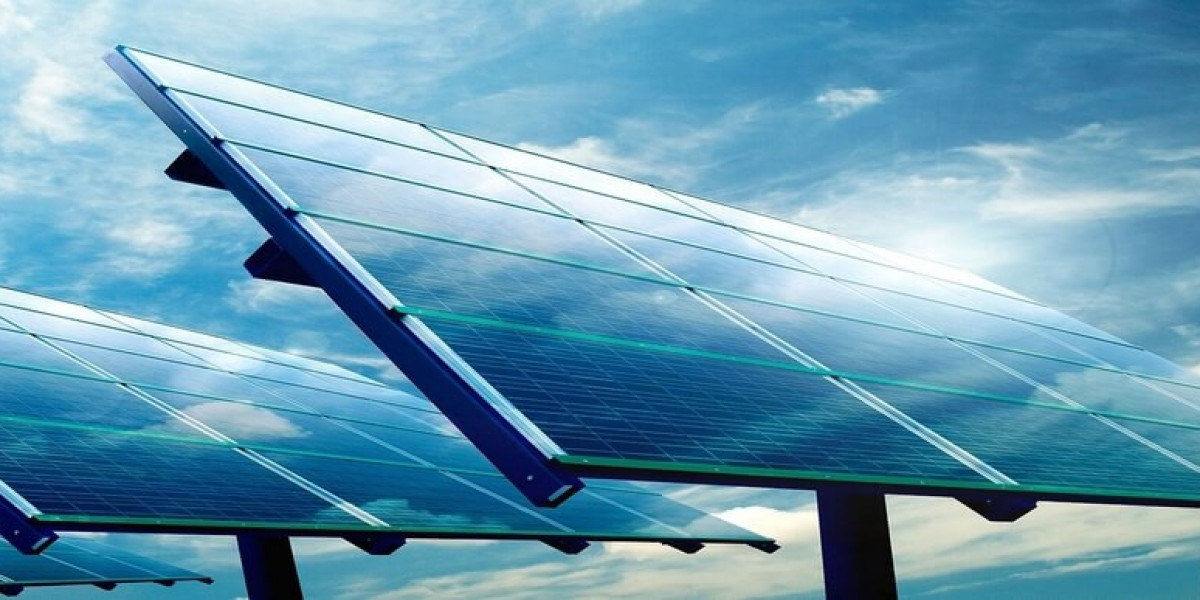The Solar Photovoltaic Installations Market is undergoing rapid transformation, fueled by technological advancements, policy support, and the global shift toward clean energy. Innovations in solar PV installations are redefining how solar energy is harvested, managed, and integrated into various sectors, from residential rooftops to large-scale utility farms. As we move toward a low-carbon future, the evolution of PV technology is pivotal in scaling clean power generation, improving efficiency, and lowering costs.
Emerging Trends Reshaping the Solar PV Installations Market
Bifacial Solar Panels Bifacial solar panels can absorb sunlight from both sides, increasing energy yield without a significant rise in material costs. These panels perform especially well in areas with high ground reflectivity (albedo), such as deserts or snow-covered landscapes. As their adoption grows, theyre becoming a new industry standard in utility-scale solar installations.
Floating Solar Farms Floating solar, or floatovoltaics, involves placing solar panels on bodies of water like reservoirs and lakes. This not only utilizes previously unused space but also reduces water evaporation and increases panel efficiency due to natural cooling. Countries like China, India, and Japan are leading the charge in floating PV projects, pushing the boundaries of land use for energy production.
Building-Integrated Photovoltaics (BIPV) BIPV systems embed solar technology directly into building materials such as glass, facades, and rooftiles. These systems are aesthetically appealing and save space while turning entire buildings into power-generating assets. As architectural firms and urban planners focus on green buildings, BIPV is gaining traction in commercial and residential projects.
Advanced Inverter Technologies Smart inverters are revolutionizing how solar systems interact with the grid. Unlike traditional inverters, smart inverters can communicate with the utility grid, support voltage regulation, and offer remote monitoring. This grid-friendly technology enhances grid stability, especially in regions with a high penetration of solar energy.
Energy Storage Integration Solar-plus-storage is a game-changer in the PV market. As battery prices drop and efficiency improves, coupling solar panels with lithium-ion or next-gen storage systems provides consistent energy even when the sun isnt shining. This is crucial for off-grid areas and regions aiming for energy independence.
AI and IoT in Solar Monitoring Artificial Intelligence (AI) and the Internet of Things (IoT) are being used to optimize solar operations. Predictive analytics can anticipate system failures, while smart meters track consumption in real-time. This data-driven approach reduces downtime, boosts performance, and enables better energy management.
Perovskite Solar Cells Perovskite materials are a hot topic in PV research. They promise higher efficiencies and lower manufacturing costs than traditional silicon-based cells. Though still in the early stages of commercial development, perovskite cells may revolutionize the market once durability issues are resolved.
Global Policy Support and Investment Surge
Government incentives and net metering policies continue to drive adoption. Countries across Europe, Asia, and the Americas are streamlining permitting processes and offering subsidies to encourage solar investments. Meanwhile, private capital is flowing into innovative startups focused on solar software platforms, decentralized systems, and recyclable PV materials.
Decarbonizing Through Innovation
What sets todays solar PV installations apart is their scalability and versatility. Whether it's powering a rural village in Africa, supplementing energy for a smart city, or helping industries decarbonize, modern innovations are making solar more adaptive than ever.
Sustainability targets from corporations and governments have set the stage for an unprecedented surge in solar deployment. With cost-effective technologies and smarter systems, the industry is on a trajectory to become the backbone of global renewable energy supply.









